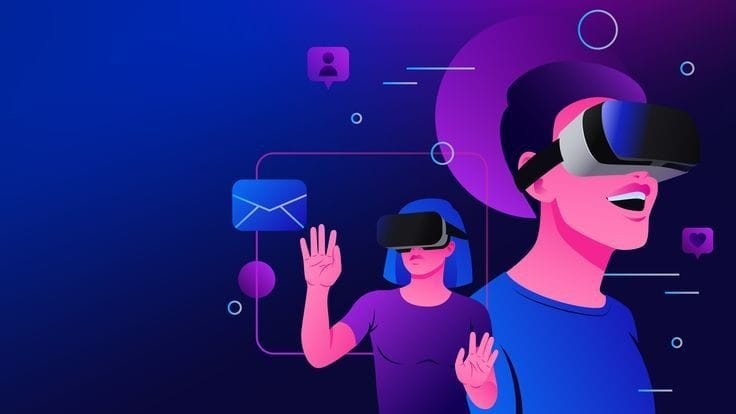Description
Introduction
Digital Twin technology plays a pivotal role in lifecycle management, offering a comprehensive view of a product or system from inception to retirement. By creating a dynamic digital replica, businesses can enhance product design, monitor operations, and predict maintenance needs, ensuring sustainability and efficiency throughout the lifecycle. This training focuses on how Digital Twins enable smarter, data-driven lifecycle management across industries.
Prerequisites
- Familiarity with basic concepts of lifecycle management
- Understanding of IoT, data analytics, and real-time monitoring
- Awareness of product design and operational processes
Table of Contents
1. Introduction to Digital Twin Technology in Lifecycle Management
1.1. Overview of Lifecycle Stages
1.2. Role of Digital Twins in Lifecycle Optimization
1.3. Benefits of Digital Twin Integration
2. Digital Twin in Product Design and Development
2.1. Using Digital Twins for Simulation and Testing
2.2. Enhancing Innovation with AI and Machine Learning
2.3. Case Studies: Digital Twin-Assisted Product Development
3. Operational Monitoring and Optimization
3.1. Real-Time Insights into Performance Metrics
3.2. Predictive Maintenance with Digital Twins
3.3. Reducing Downtime and Operational Costs
4. Asset Management and Upgrades
4.1. Tracking Asset Conditions Over Time
4.2. Planning Upgrades and Retrofitting Using Digital Models
4.3. Extending Asset Lifespan Through Data-Driven Insights
5. Sustainability and Circular Economy
5.1. Supporting Recycling and Reuse with Digital Twins
5.2. Designing for Sustainability and End-of-Life Management
5.3. Aligning Digital Twins with Green Initiatives
6. Integration with Enterprise Systems
6.1. Connecting Digital Twins to PLM (Product Lifecycle Management) Systems
6.2. Leveraging ERP and IoT for Holistic Lifecycle Management
6.3. Overcoming Integration Challenges
7. Challenges in Lifecycle Management Using Digital Twins
7.1. Managing Data Complexity and Scalability
7.2. Ensuring Security and Privacy Across the Lifecycle
7.3. Addressing Technological and Resource Constraints
8. Future of Lifecycle Management with Digital Twins
8.1. Innovations in Real-Time Analytics and AI Applications
8.2. Role of Blockchain in Digital Twin Lifecycle Tracking
8.3. Emerging Technologies Driving Advanced Digital Twins
9. Best Practices for Implementing Digital Twins in Lifecycle Management
9.1. Identifying Key Objectives for Lifecycle Management
9.2. Building Scalable and Sustainable Digital Twin Solutions
9.3. Measuring Success Through KPIs and ROI
10. Conclusion
10.1. Recap of Digital Twins’ Impact on Lifecycle Management
10.2. Preparing for the Future with Advanced Digital Twin Capabilities
Conclusion
Digital Twin technology revolutionizes lifecycle management by providing real-time insights, predictive capabilities, and operational efficiency. By integrating Digital Twins, businesses can achieve sustainability, reduce costs, and maintain a competitive edge in their industries. Investing in this technology ensures long-term value across the entire product lifecycle.







Reviews
There are no reviews yet.